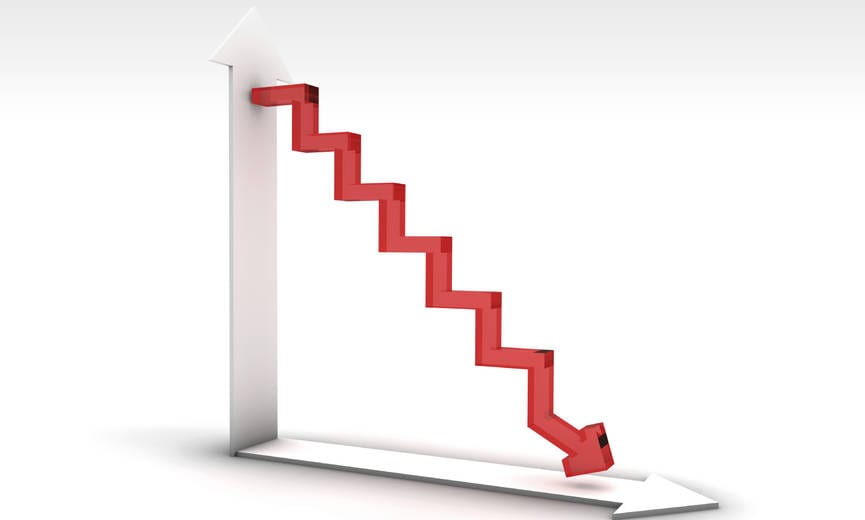
Helen Collier-Kogtevs
Not Appreciating Depreciation
 I have met some successful people along my journey to financial abundance. A few years ago I met a highly successful, enormously wealthy developer who made his fortune by buying land, developing it and selling it at a sizeable profit.
I have met some successful people along my journey to financial abundance. A few years ago I met a highly successful, enormously wealthy developer who made his fortune by buying land, developing it and selling it at a sizeable profit.
He was obviously very good at it because the process that he used was responsible for his significant wealth. His net worth had more zeros than you could poke a stick at. We shared strategies and secrets for wealth creation over a cup of coffee and, to my astonishment I discovered that he had no idea about depreciation schedules and the tax benefits that could be realised by claiming them against income.
Many investors, regardless of how successful they are, think the best people to calculate tax depreciation benefits are their accountants – WRONG!
If you purchase a brand-new property, then you could be missing out on tax benefits if you do not obtain a depreciation schedule from a qualified expert.
And the ATO-recognised qualified experts are quantity surveyors, NOT your accountant. Accountants can calculate the allowable depreciation if they know the purchase price of the item but are generally not qualified to calculate the age or the installation cost of that item. You could be missing out big time on allowable tax deductions as a result of this.
A quantity surveyor calculates the installed value of tax depreciable items in your investment property. The quantity surveyor then produces a tax depreciation schedule. This provides a list of the allowable tax deductions each year over the allowable tax depreciation timeframe.
It then breaks these down into two categories – building and chattels (plant and equipment). Your accountant will include the depreciation schedule deductions in your annual tax assessments.
We nearly made the mistake of failing to appreciate depreciation ourselves. We purchased half a dozen properties that were about 30 years old. We hadn’t planned on getting depreciation schedules organised as the properties were old and we thought that depreciation was only valuable on newer homes. We didn’t take into account that they had been updated over the years with new carpets, curtains, kitchens and bathrooms. Extensions had been added and walls had also been painted inside and out.
In talking to our quantity surveyor, he advised us that he would have a look at the properties to ascertain if there were any depreciable benefits, even though the properties were old. To our absolute surprise, all depreciation schedules for the six properties came back with generous tax-deductible depreciation benefits. We didn’t realise all the renovations over the years allowed us to enjoy bigger tax returns.
New Negative Gearing Rules
If you owned property prior to May 9th 2017, regardless of its age, the new rules don’t apply and you could be short-changing yourself of some serious tax benefits if you fail to get a depreciation schedule. It doesn’t matter whether it’s brand new, a few years old, or two decades old, there could be depreciation benefits available to you. It is particularly important to remember that older properties that have been renovated can return substantial deductions.
When looking for a quantity surveyor, ask your accountant, property manager, other investors or even scour the internet for suggested names. The cost of getting yourself a depreciation schedule is normally a few hundred dollars but could save you thousands in tax benefits.
For example, I purchased an up market two-bedroom apartment for a little over $435,000. Leaving the accountant to produce a tax depreciation schedule would have resulted in most saying that I could only claim around $8,000 per year in tax depreciation deductions. However, I paid an experienced quantity surveyor to produce a depreciation schedule, which legally allowed me to claim a tax benefit of $17,000 per year for that property. For an extra few hundred dollars, I was able to enjoy a further $9,000 tax benefit, which most accountants would have missed.
By the way, it is also worthwhile asking your accountant if the cost of producing the depreciation schedule is tax deductible. I think you’ll be pleasantly surprised.
Purchased property after May 9th, 2017.
Well, obviously the changes to negative gearing have limited what investors can claim and when but it’s not all bad news.
The facts are that negative gearing is only applicable to brand new properties so if you purchase a brand-new property after this date, you can still claim depreciation on the building and chattels.
Here’s my tip
If you need depreciation as part of being able to carry the costs of the gearing, then you might want to think about buying new only.
If you have property pre-May 9th, 2017, and you don’t think it will attract tax depreciation benefits, I suggest that you ask a quantity surveyor to investigate it for you before you dismiss it.
Some quantity surveyors offer money-back guarantees if they can’t find depreciation benefits equal to twice their fee in the first year of depreciation. I can tell you from my experience it’s well worth doing.
You may want to research the companies that provide depreciation schedules as the results can vary greatly. For example, a friend of mine obtained a depreciation schedule on an older property from a local quantity surveyor, but she was not satisfied with the level of detail in the report.
She decided to obtain another schedule from another quantity surveyor who was an investor himself. The difference in tax benefits between the two reports amounted to many thousands of dollars per year. There are very good quantity surveyors who don’t own property, but it is a bonus if they do.
Helen Collier-Kogtevs
Share this post
Become a successful Property Investor















